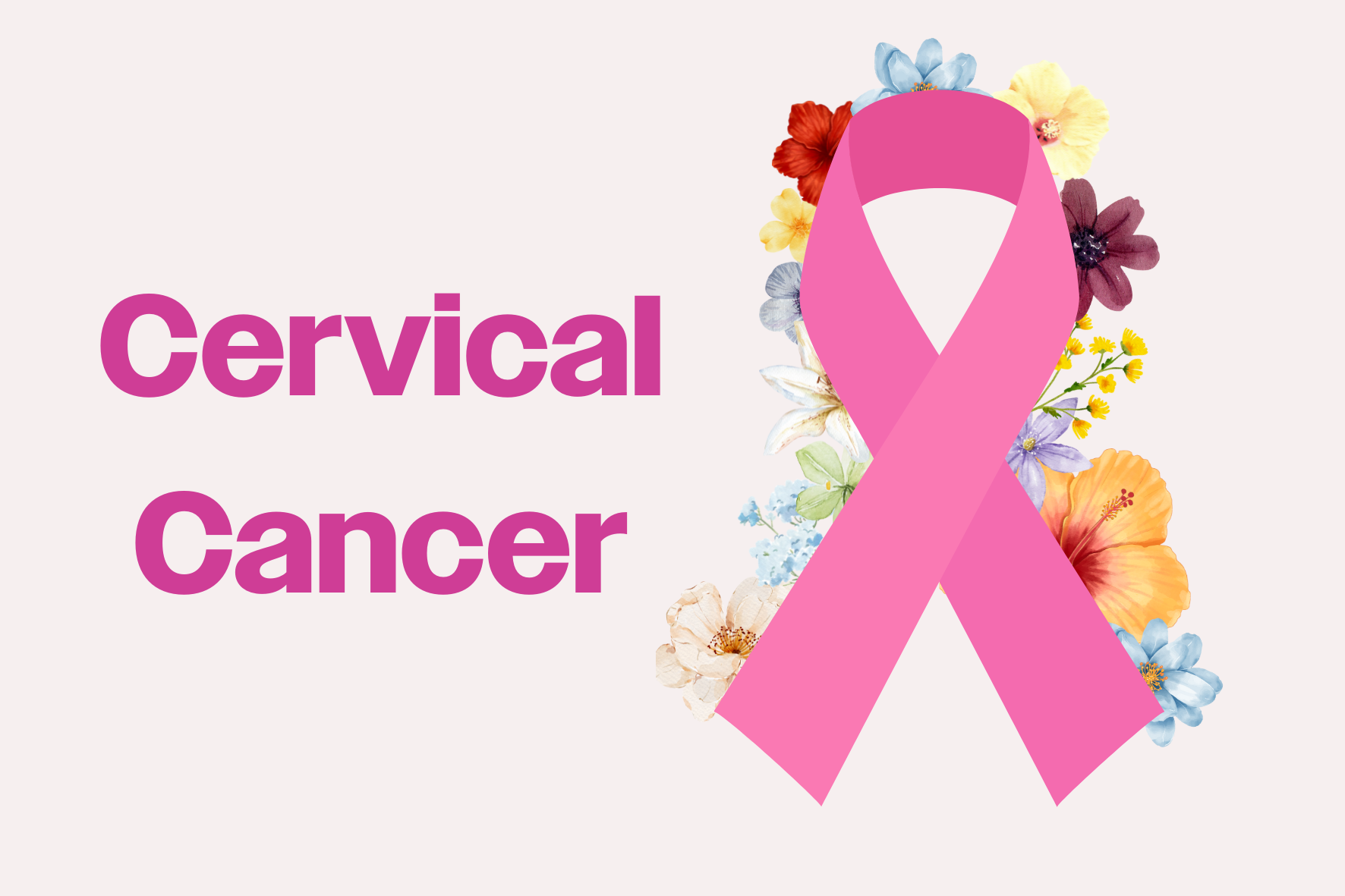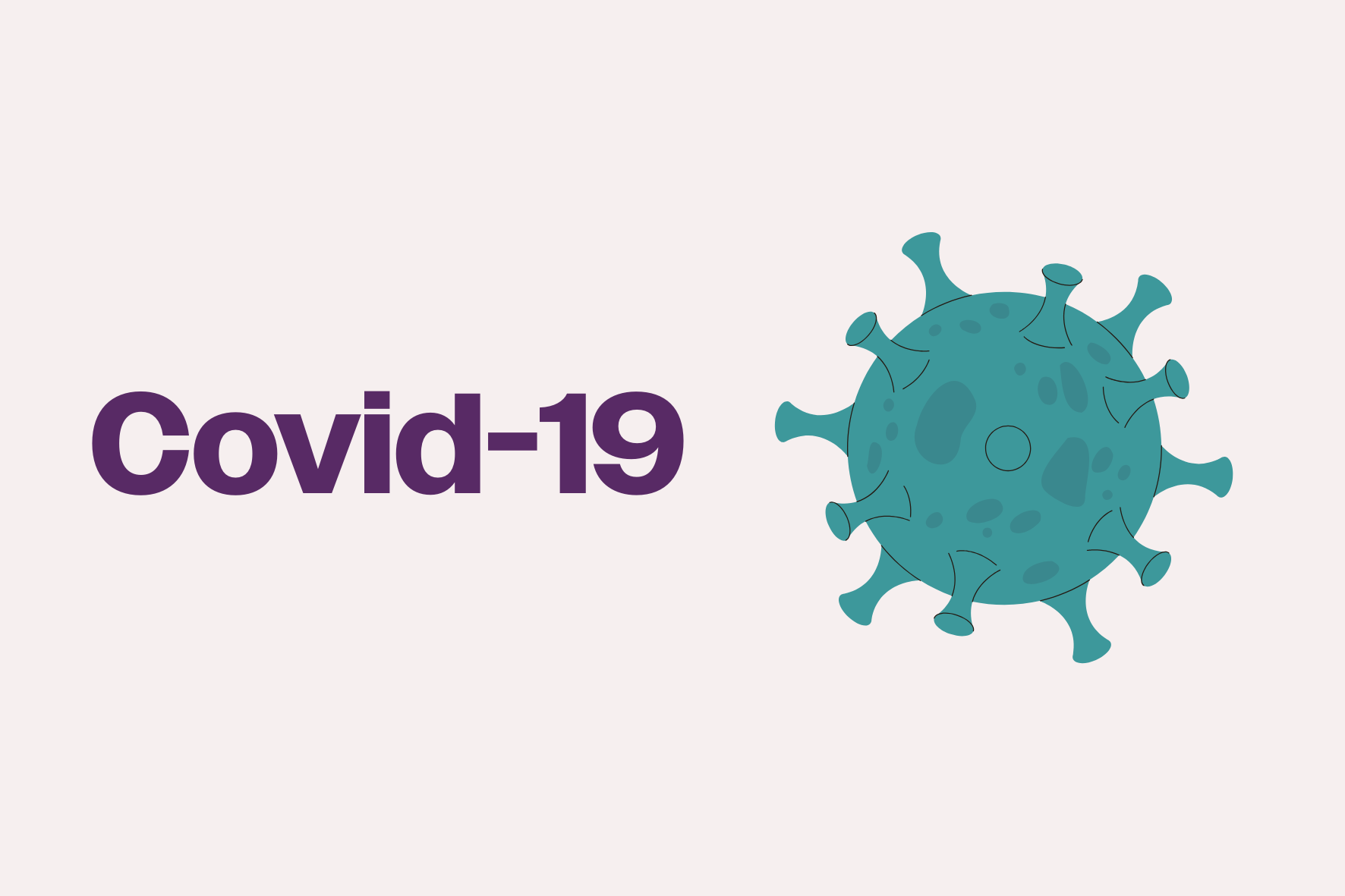Brochures

Cervical Cancer
When cancer starts in the cervix, it is called cervical cancer. The cervix is part of a woman’s reproductive system and is the lower, narrow part of the womb (the uterus) that connects with the top of the vagina. Cervical cancer is the second most common cancer in women aged 15-44 years and the fifth most common cancer among European women of all ages.
Clinical Trials
Clinical trials, sometimes called studies, are a form of medical research They are the final step in a long process that begins with research in a laboratory. This brochure is intended to give a comprehensive information about clinical trials in gynaecological cancers. It is designed to help patients consider whether to participate in a clinical trial when approached, and how they can find out more about participating in a trial.
Cooltas
A comic series created by ENGAGe TEENs to open honest, relatable conversations about topics like HPV, vaccination, gynaecological health and self-awareness through voices of young characters navigating real-life situations. The comics is about making important health topics more accessible and even a little fun.

Covid-19 Brochure for Cancer Patients
The Covid-19 pandemic has altered the world and our everyday lives. Cancer patients are the focus of special attention not only because they belong to the high-risk patient group but also because their cancer treatment usually requires very complex conditions. This brochure aims at providing answers to questions on how to balance the fear for one’s health and the progression of cancer. Focus should always be on best possible treatment of cancer but during pandemic some steps need to be carefully considered.
Endometrial Cancer
Endometrial cancer has become the most common gynaecological cancer in Europe. It affects women with an average age of diagnosis of 69 but can also occur earlier. This type of cancer arises from the inner layer of the uterus, the “endometrium”. Functionally, the endometrium consists of two layers, a basal and a functional layer. The latter thickens and is then shed during the menstruation. This happens under the influence of several hormones like oestrogen and progesterone. The uterus, also called womb, is an inverted pear-shaped muscular organ of the female reproductive system, located between the bladder and the rectum. This updated brochure contains recent information on FIGO staging and ADC treatment.

Genetic Testing for Women with Cancer Predisposing Genes
Gynaecological cancers are those which affect the womb, ovaries, cervix, vulva or vagina. There are many different types of these cancers. Most occur by chance and are not inherited. A small number are caused by faults in our genetic material, which may be passed down through families. the purpose of this brochure is to shed more light on gene mutations, genetic testing, its advantages and potential disadvantages and implications of genetic testing for individual cancers.

